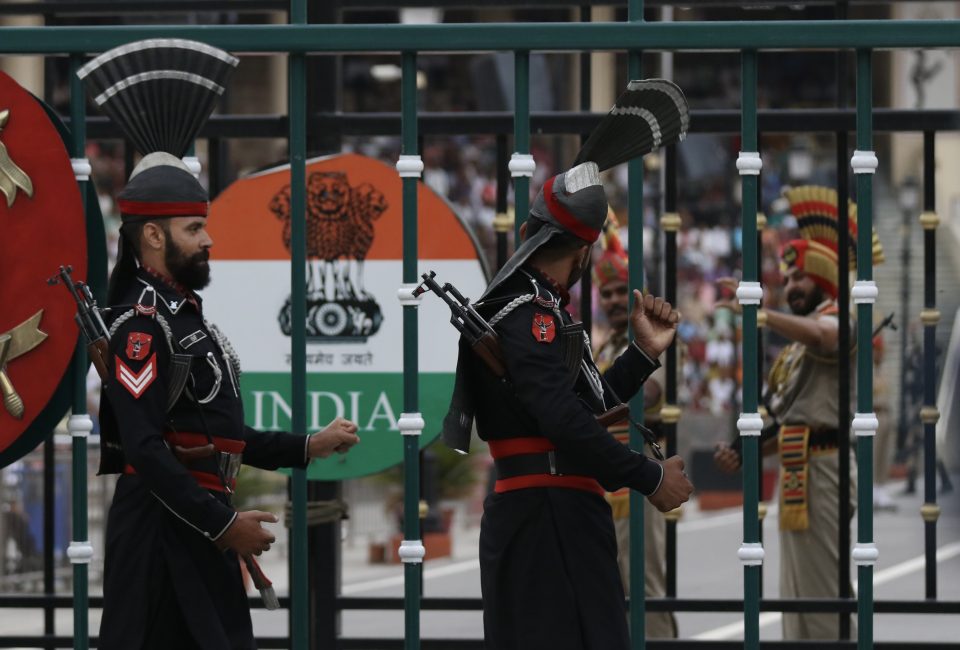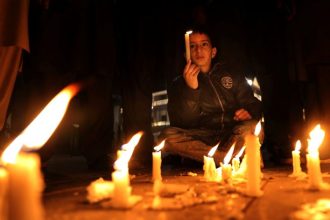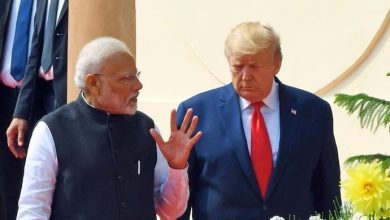India strikes back: retaliatory offensive in Kashmir escalates tensions with Pakistan

India and Pakistan are on the brink of their most serious military confrontation in years, as terror attacks, missile strikes, and retaliatory operations deepen a rapidly unfolding crisis along the western border.
NEW DELHI: A deadly terror attack in Kashmir has triggered the most serious escalation between India and Pakistan in years, with both nuclear-armed nations trading missile strikes, drone attacks, and cross-border shelling amid rising civilian casualties and growing international alarm.
The conflict between India and Pakistan escalated sharply in early May, following a series of military exchanges and a major terrorist attack. This violent uptick represents another chapter in the long-running territorial and ideological confrontation between the two countries, particularly over the Kashmir region. While both sides accuse each other of provocation, India has consistently highlighted Pakistan’s role as a breeding ground for terrorism.
Trigger Point: The Pahalgam Attack
The latest crisis was triggered by the April 22 terror attack in Pahalgam, Jammu & Kashmir, which killed 26 Indian civilians. The Resistance Front, linked to the Pakistan-based Lashkar-e-Taiba, claimed responsibility. In response, India launched Operation Sindoor on May 7, a series of precision airstrikes on terror camps and air defense systems deep inside Pakistan.
Timeline of Escalation
| Date | Event |
| April 22 | Terror attack in Pahalgam kills 26 civilians. India blames The Resistance Front, a Lashkar-e-Taiba proxy. |
| April 23 – May 6 | Pakistan conducts daily ceasefire violations along the LoC using mortars and artillery. Civilian casualties rise. |
| May 7 (Night) | India launches Operation Sindoor, targeting terrorist infrastructure in Pakistan. |
| May 7 (Night) | Pakistan shells the border town of Poonch, killing 16 civilians and injuring 59 others. |
| May 8 (Early Morning) | Pakistan launches missile and drone attacks on military targets across northern and western India. |
| May 8 (Morning) | Indian Air Defence intercepts incoming threats using Integrated Counter-UAS and S-400 missile defense systems. |
| May 8 (Midday) | India strikes back, targeting Pakistani air defense systems, including a site near Lahore, reportedly destroyed. |
| May 8 (Afternoon) | Pakistan claims civilian and mosque damage; India denies allegations and accuses Pakistan of misinformation. |
| May 8 (Evening) | Foreign Secretary Vikram Misri asserts India’s actions are retaliatory and calls on Pakistan to de-escalate. |
| May 8 (Night) | India repulses multiple Pakistani missile strikes in Jammu & Kashmir, Punjab, Rajasthan, and Gujarat. |
| May 8 (Night) | Blackouts and air raid sirens are enforced in the Jammu region, with missiles intercepted at Satwari, Samba, RS Pura, and Arnia. |
| May 9 (Early Morning) | Indian Navy begins retaliatory maritime operations in the Arabian Sea targeting Pakistani military assets. |
| May 9 | High alert issued in Delhi; all government employees’ leave cancelled amid continued tensions. |
India Defends Operation Sindoor
India maintains that its military actions are a direct response to Pakistan’s continued provocation and state-backed terrorism. Foreign Secretary Vikram Misri emphasized that the strikes were designed to dismantle terrorist infrastructure and air defense systems aiding infiltration into India.
“Pakistan’s reputation as the epicenter of global terrorism is supported by concrete evidence,” Misri said, citing the Pahalgam attack as part of a broader pattern of cross-border militancy.
Military officials Colonel Sofiya Qureshi and Wing Commander Vyomika Singh detailed that five of the nine targets were in Pakistan-administered Kashmir, while others were located in Bahawalpur, Muridke, Shakar Garh, and near Sialkot in Punjab.
India also presented a military map identifying 21 active terrorist camps across Pakistan and Pakistan-administered Kashmir, claiming it as evidence of entrenched support for terrorism within Pakistani territory.
Blackouts, Sirens, and Civilian Impact
On the night of May 8, as Pakistan launched a wave of missile and drone attacks, India’s S-400 air defense systems were activated to intercept incoming threats across Jammu, Punjab, Rajasthan, and Gujarat.
Multiple missiles were shot down in areas including Satwari, Samba, RS Pura, and Arnia. Air raid sirens and blackout protocols were implemented in Akhnoor, Baramulla, Kupwara, and other border towns, prompting panic and large-scale evacuations.
Civilian suffering continues to escalate. Pakistan’s shelling of Poonch killed 16 and injured dozens. Many families remain in underground shelters with limited access to medical care and food. Indian authorities have launched relief operations, while large-scale civil defense drills were conducted nationwide beginning May 7, with emergency protocols activated in urban centers.
Pakistan’s Denials and Allegations
Pakistan has accused India of violating its sovereignty, claiming that Indian strikes have hit civilian areas, including mosques. Indian officials deny these claims, asserting that all operations were surgically conducted against legitimate military and terror targets. Pakistan’s claim of 16 civilian deaths has not been independently verified due to restricted access in affected areas.
Retaliation Expands to the Seas
In the early hours of May 9, sources confirmed that the Indian Navy had launched targeted operations in the Arabian Sea against Pakistani maritime assets, marking a further geographic expansion of the conflict. This follows reports of Pakistani drone activity near Jaisalmer, Rajasthan, and attempted missile strikes on Indian military sites in 15 cities across the north and west.
Global Reactions and Diplomatic Challenges
The international community has expressed alarm at the rapid escalation. The United States, Russia, and the United Nations have urged restraint and called for diplomatic dialogue. China has called for peace talks, while Iran has pushed for a crackdown on terrorism from both sides. However, divergent geopolitical alignments have led to a fragmented international response.
A High-Stakes Moment for South Asia
The situation on the Line of Control (LoC) and across India’s western border has entered a volatile and dangerous phase. With live missile engagements, maritime military operations, and mass civilian displacement, the threat of a wider conflict looms large.
In a high-level security meeting on May 8, Prime Minister Narendra Modi affirmed that India’s response will remain “proportional and terrorism-focused” but warned that national sovereignty “will be defended at all costs.”
With diplomatic options narrowing and both militaries in active confrontation, the international community faces a significant challenge in containing a potential flashpoint between two nuclear-armed neighbor.




